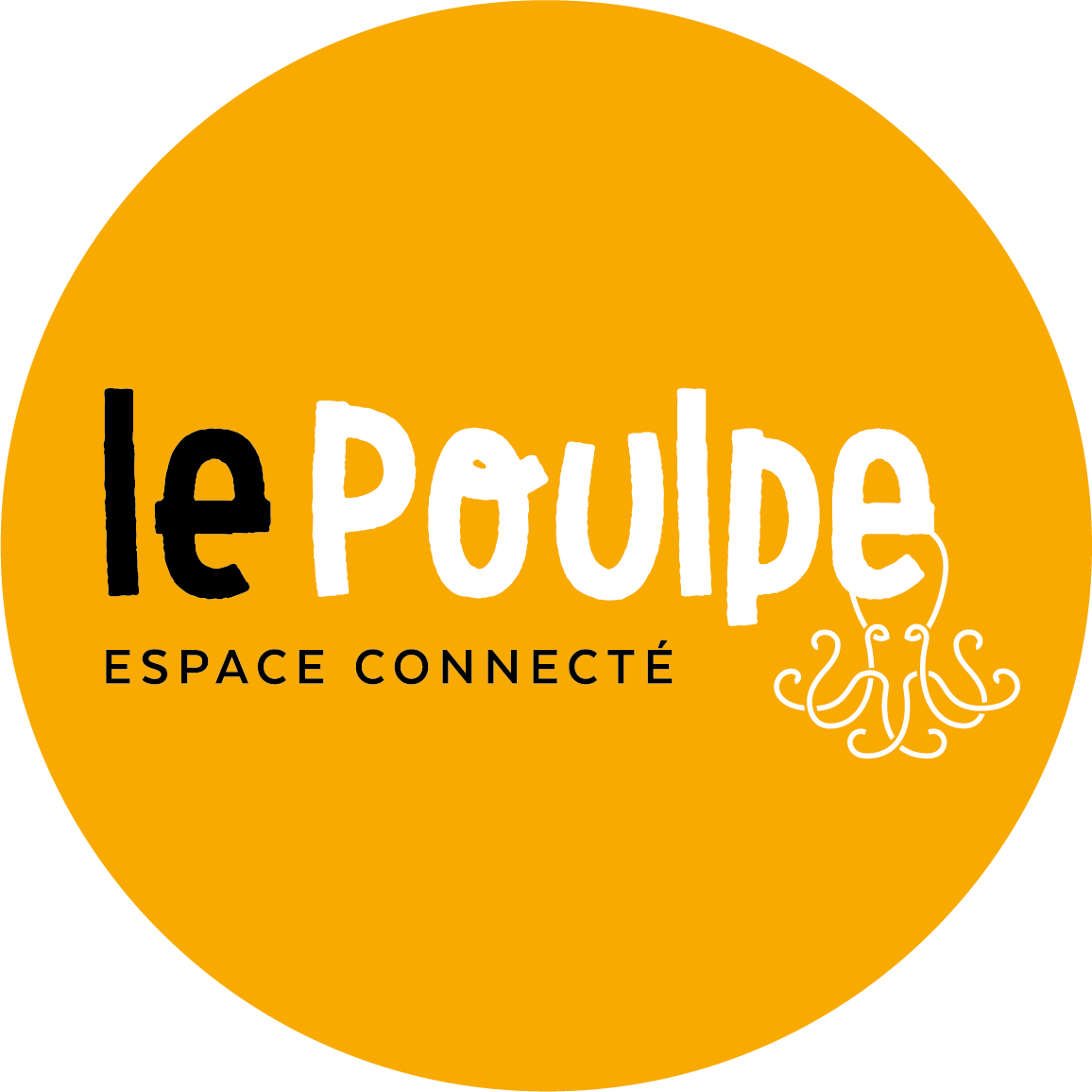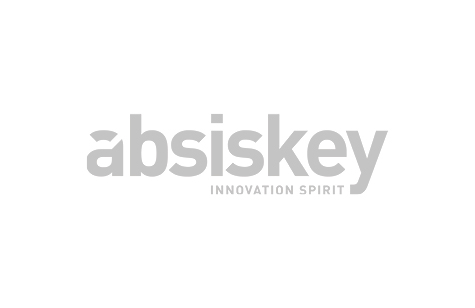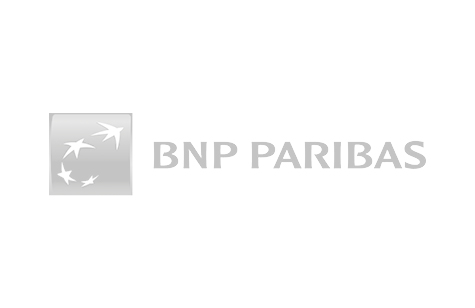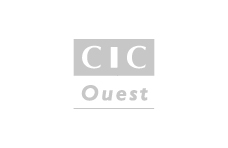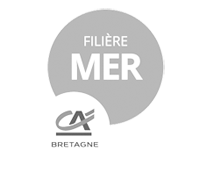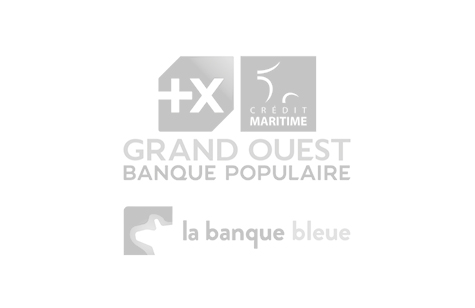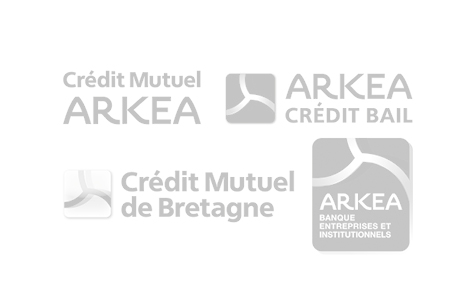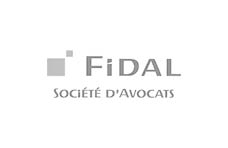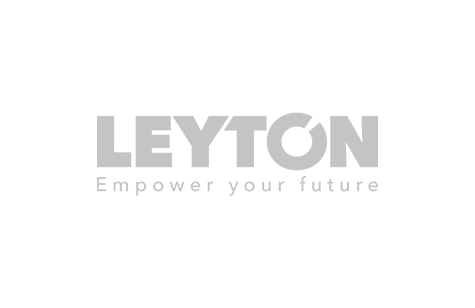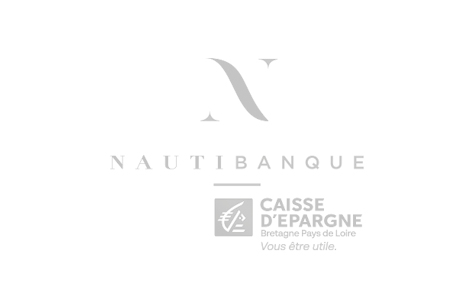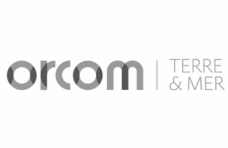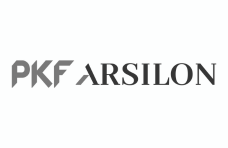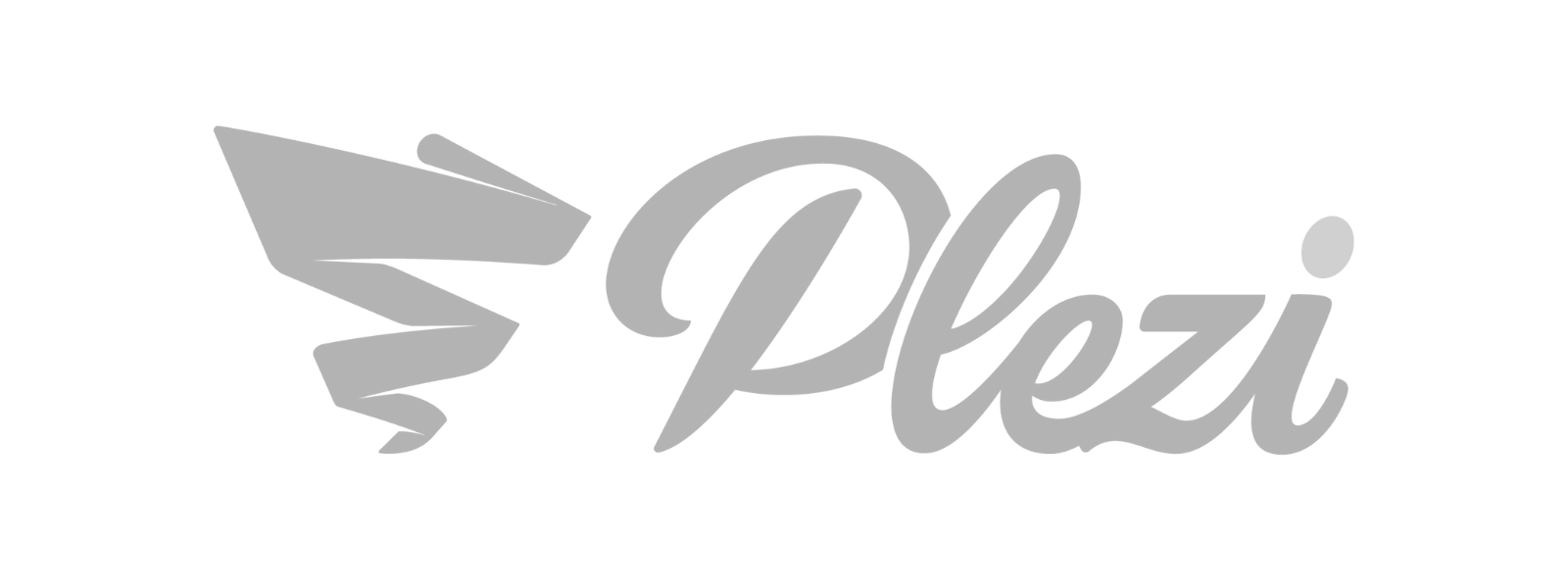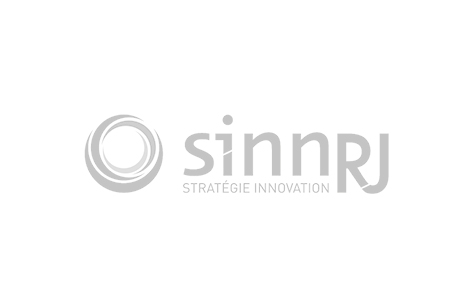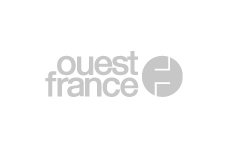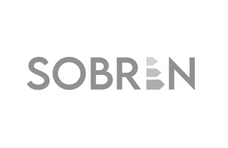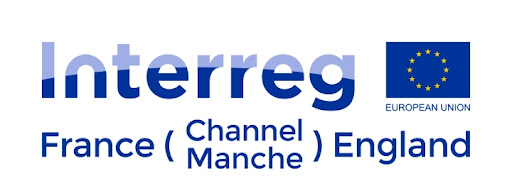Officially recognised in 2006, the goal of the ORMEAUX project was to develop production of the ormer or European abalone in Brittany and, on a broader scale, to develop a European ormer-farming industry, initially by improving understanding of the species and its feeding and living habits, as well as the conditions required to produce it in a sound and sustainable way.
Project research led to the introduction of a genetic selection programme using molecular markers and to the first genetic mapping. Pathogen research resulted in a better understanding of pathologies and in development of an in vitro cell culture model for pathogen analysis.
The project partners also worked on optimising animal husbandry practices: transporting the spat, anaesthetising, artificial feed, farming in tanks, farming on the shoreline, perfecting tools for obesrving the behaviour of farmed ormer and designing a new type of boat exclusively for ormer farming in collaboration with the Navalu Company.
The ORMEAUX project has mobilised the industry on numerous technical issues leading, in particular, to the creation of a new 'farmed ormer producers' association'.
The principal technical difficulties lay in designing the prototypes for new farming cages. The first series of prototypes was significantly damaged in December 2011 due to poor weather conditions, with the initial prototype having to be modified as a result.
A patent for the Abblox farming cage and the trademark 'Abalone Bretagne' were registered during the project. Three permanent jobs were also created as part of the work to develop farming in Brittany. In addition, the project was the subject of 7 publications and 11 papers at national and international conferences.
The results of the ORMEAUX project should increase productivity at the farms in the years ahead, with a doubling of production in 2012 and a tripling in 2013 compared to 2011. It is also worth pointing out that France leads the way in ormer production for the European market.
One final point: France Haliotis has opened up its international markets with the recruitment in 2011 of an Asian representative based in Tokyo, Japan. The aim is to realise 30% of France Haliotis turnover in exports outside Europe in 2013.
The project has successfully helped structure a nascent industry and shaped the technical development of the SME project partners. The ormer-farming industry is gradually growing and creating sustainable jobs throughout the region.
The ORMEAUX project has consolidated the network of research/SME partners engaged in work on ormers and this network is now committed to other scientific projects in the aquaculture field – Idealg, ANR Co-Sciences, etc.




